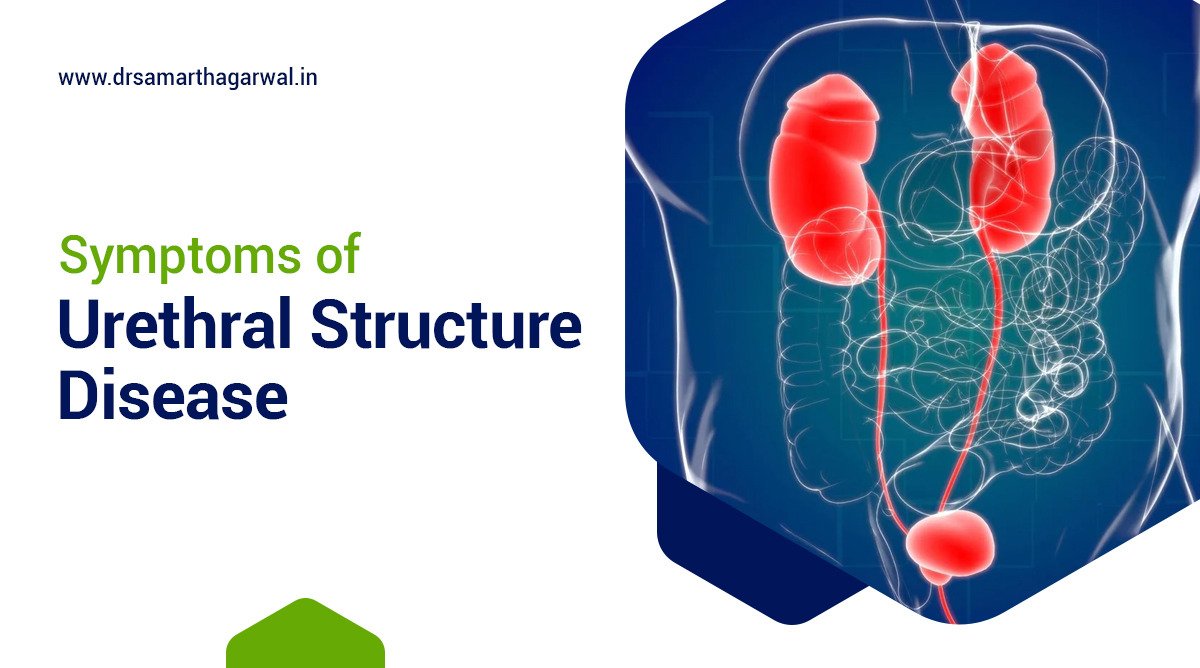Urethral stricture disease, a condition characterized by the narrowing of the urethra, often requires prompt and appropriate treatment to alleviate symptoms and prevent complications. One of the primary approaches to managing urethral stricture disease involves various treatment options tailored to individual needs.
Symptoms of urethral stricture disease may include difficulties with urination, such as a weak urine stream, incomplete emptying of the bladder, urinary retention, frequent urination, and urinary tract infections. Additionally, individuals may experience pain or discomfort during urination, blood in the urine, and swelling of the penis. These symptoms can significantly impact a person’s quality of life and require timely intervention.
Treatment options for urethral stricture disease aim to alleviate symptoms, restore normal urination, and prevent recurrence. Depending on the severity and location of the stricture, treatment may involve minimally invasive procedures such as urethral dilation or urethrotomy, which involve widening or cutting the narrowed portion of the urethra to improve urine flow. In more complex cases, surgical intervention, such as urethroplasty, may be necessary to reconstruct the urethra and restore its function.
How Is Urethral Stricture Diagnosed?
Urethral stricture diagnosis involves various tests to locate and assess the severity of the condition. These include urine tests, urethral ultrasound, pelvic ultrasound, pelvic MRI scan, retrograde urethrogram, and cystoscopy. Depending on the findings, treatment options such as catheterization, widening (dilation), endoscopic urethrotomy, urethroplasty, or implanted stent or long-term catheter may be recommended. Each treatment approach is tailored to the individual’s unique circumstances and the nature of the stricture, aiming for the best possible outcome.
You might like: Most Common Urology Procedure and Surgeries
What Are the Symptoms of Urethral Stricture?
Symptoms of urethral stricture can include:
- Weak urine stream
- Bladder not emptying all the way
- Spraying urine
- Finding it hard or painful to pass urine
- Passing urine more often or feeling the need to pass urine more often
- Urinary tract infection
Urethral stricture presents with various symptoms, including a weak urine stream, incomplete bladder emptying, painful urination, increased urinary frequency, and potential urinary tract infections.
What are the symptoms of a female urethral stricture?
A urethral stricture in females can manifest through various symptoms, including:
- Frequency in urination
- Urgency to urinate
- Incomplete emptying of the bladder
- Poor flow during urination
- Urinary incontinence (stress, urge, or mixed)
- Straining during voiding
- Urinary tract infections (UTIs)
- Nocturia (frequent urination at night)
- Dysuria (painful urination)
How common is urethral stricture in females?
Urethral strictures are relatively rare in women, with a prevalence ranging from 2% to 29% among patients with refractory lower urinary tract symptoms.
You might also like: Obstructing Kidney Stone Treatment
What are the risk factors for urethral stricture?
Urethral stricture risk factors encompass several factors including previous sexually transmitted infections (STIs), recent catheterization, enlarged prostate, pelvic injuries, and urethritis. These conditions can lead to scar tissue formation or inflammation in the urethra, resulting in narrowing and potential blockage of urinary flow.
Additionally, trauma to the pelvic area, infections, and prior surgeries are common causes. Management typically involves surgical interventions aimed at widening the urethra, though preventative measures such as safe sexual practices can mitigate the risk of STIs, thus reducing the likelihood of developing urethral stricture. Further insights from various medical sources emphasize the importance of early detection through medical history evaluation and symptom assessment, guiding appropriate treatment approaches tailored to individual patient needs and the severity of the condition.
Can you live a normal life with urethral stricture?
Yes, living a normal life with urethral stricture is feasible but may require ongoing management to alleviate symptoms and prevent complications. Urethral stricture can lead to urinary problems, discomfort, and complications such as infections, stones, and urinary retention if left untreated. However, with appropriate treatment, including urethral dilation, internal urethrotomy, and lifestyle adjustments, individuals can experience relief from symptoms and maintain a good quality of life. It’s essential to follow medical advice, adopt preventive measures, and make necessary lifestyle changes to manage urethral stricture effectively and minimize its impact on daily life.
You might also like: Neurogenic Bladder Overactive Bladder Causes, Symptoms, Management
Do all urethral strictures need surgery?
Not all urethral strictures necessitate surgery. While longer or recurring strictures that do not respond to dilation may require surgical intervention, non-surgical options like active surveillance, urethral dilation, or urethrotomy can be considered for milder cases. Factors influencing the need for surgery include the severity and recurrence of the stricture, as well as the presence of scar tissue and individual patient circumstances.
Additionally, surgical options such as urethroplasty may be recommended for cases where non-surgical treatments fail or when the stricture is too extensive for dilation. The decision on whether surgery is needed is often made based on the specific characteristics of the stricture, the patient’s symptoms, and the expertise of the healthcare provider involved. It’s essential to consult with a healthcare professional to determine the most suitable treatment approach tailored to individual needs and circumstances.
Can exercise cure urethral stricture?
Kegel exercises strengthen pelvic floor muscles, aiding urine flow and potentially relieving symptoms. Yoga poses like Vajrasana, Baddha Konasana, and general movements may also help stretch and strengthen muscles associated with urethral stricture, improving urinary function naturally. While exercise can be beneficial, it’s essential to consult a healthcare professional for personalized advice and treatment options.
Can infection cause urethral stricture?
Infections, particularly sexually transmitted infections like gonorrhea, can lead to urethral stricture by causing inflammation and scarring in the urethra. When left untreated, these infections can result in long-term complications, including constriction of the urethra. Early diagnosis and appropriate treatment of infections are essential to prevent the development of urethral strictures and associated urinary problems.





